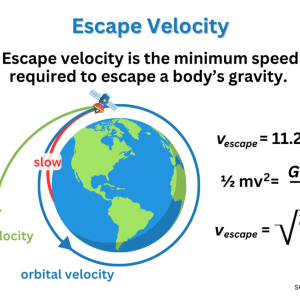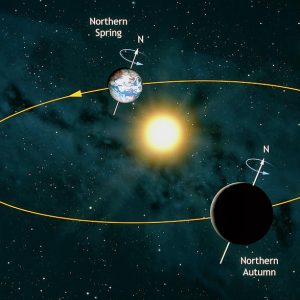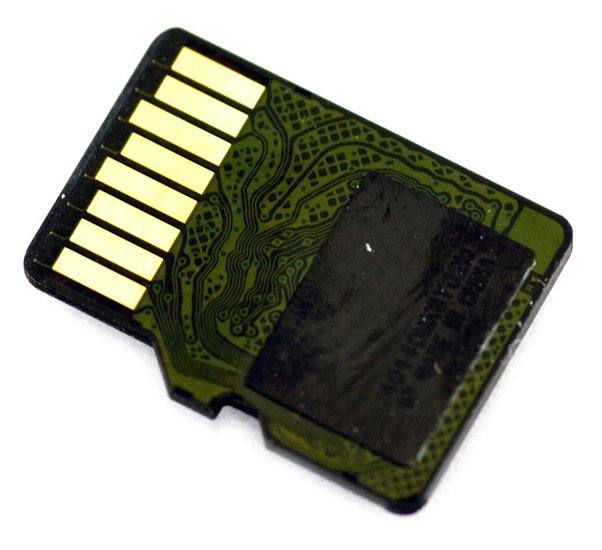
Here’s a 128GB microSD card with the lid off. That black rectangle is the actual flash memory chip. You could probably fit at least 40 of these on a PC board the size of a SATA drive, and potentially stack up multiple boards. That could get you to over 100TB, but not a petabyte.
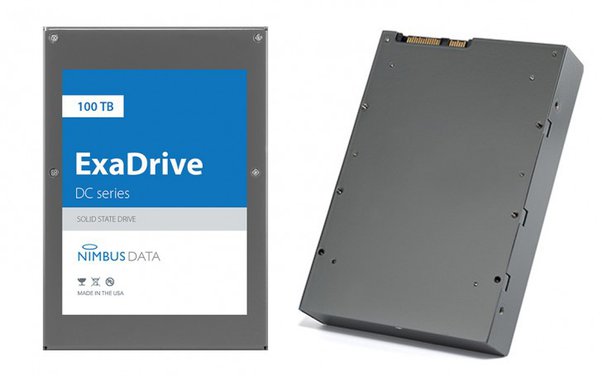
And someone’s more or less done that. Here’s the Nimbus Data ExaDrive 100TB SSD. It’s a pretty ordinary, full-sized 3.5″ drive, that could hypothetically plug into any old desktop PC. That’s a drive with a $40,000 list price, however, you might want to think twice about actually doing that. But they also have a 50TB version for only $12,500!
So why no larger? It’s pretty much going to be the lack of a market for such a drive. And maybe, given the density of flash chips they’re using and the controllers (how does the flash connect to the SATA link?), this may be the current limit on what will comfortably fit in a 3.5″ drive box.
Consumers are certainly not going to buy $40,000 drives. And even as Nimbus’ pricing shows, it’s a bit cheaper to buy two 50TB than one 100TB drive. That’s always the trend when you’re at the extreme end of any technology product. Enterprise users for the most part will buy a large number of smaller drives.
No enterprise system is going to use a single drive anyway, because they’re not reliable enough. They’ll use a RAID array of drives, so no data is lost if a drive or two dies.
Of course, over time, what was once exotic becomes more affordable, then it becomes everyday. I once paid $1200 for a 2.1GB Multimedia-capable HDD for one of my PCs. The PC I just built has two 2TB SSDs in it, each substantially cheaper than that old SCSI drive. And about 650x faster!
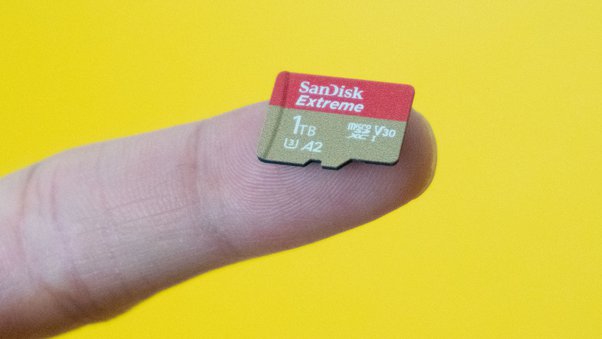
Why not make your own?
If you wanted to, you could build an array of microSD cards. I found the real SanDisk 1TB microSD for $260. So that’s $26,000 for 100TB worth. And you’d need some kind of board with 100 SD interfaces to actually be able to do anything with this, like a RAID0 or whatever.
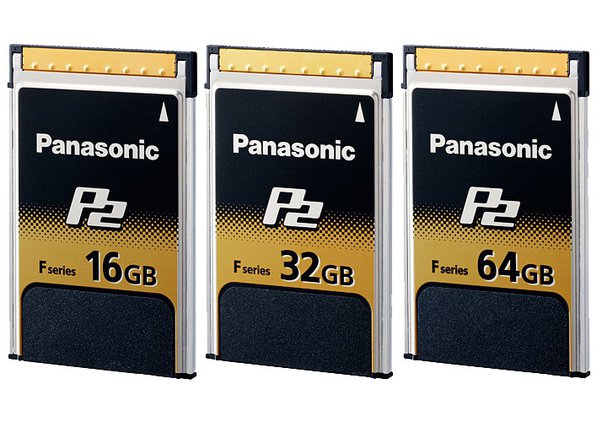
Don’t laugh — this has been done! The Panasonic P2 memory card, a memory card for professional video cameras, is actually a RAID of SD cards.
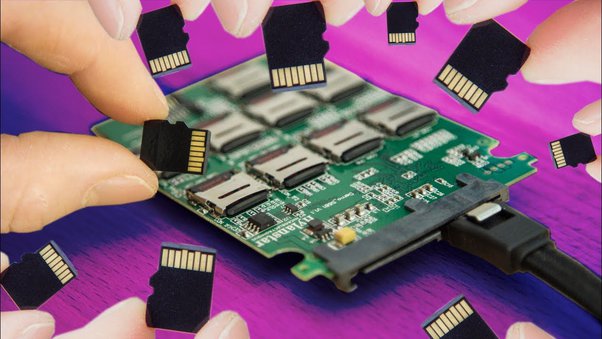
And some comedian has also actually built a microSD card RAID that’ll fit in the space of a single 3.5″ SATA drive. That would get you a 10TB SSD for $2,600, plus the cost of the RAID board. The microSD solution would also be a weak one because this controller doesn’t support the high-speed UHS interface. And it would be limited by SATA speed in any case.
You can get a small RAID box for M.2 cards, either 2-card or 4-card, running over USB3/4 or Thunderbolt 3. I can find a 4TB M.2 NVMe card for about $720, so this would get me $2,880 for 16TB, plus maybe another couple hundred for the RAID box. And that could be very, very fast.
The other thing to consider is that your 1TB microSD is made from Quad Level Cell (QLC) flash, which is the least reliable sort of flash around. That’s storing 4-bits (16 analog levels) per flash cell. M.2 SSDs are usually TLC or QLC as well unless you buy pricier enterprise-grade cards.
The ExaDrive uses Enterprise-grade eMLC, which stores 2-bits (4 analog levels) per flash cell. So it’s both much more reliable and much longer-lived than the microSD, but at the cost of physically containing twice as many flash cells per terabyte versus the consumer-grade MicroSD card.



